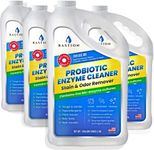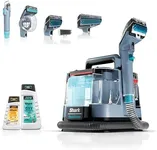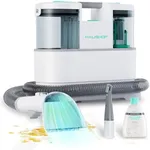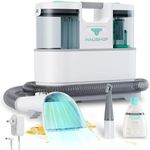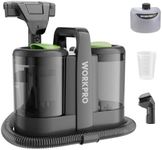Best Carpet Cleaners
From leading brands and best sellers available on the web.
Shark
29%OFF
Shark StainStriker HairPro Portable Carpet, Upholstery & Area Rug Cleaner with Pet Mess & Hair Tools, Self-Cleaning, Perfect for Pets & Car Interiors, 4 Cleaning Tools & Pet Solution, Copper, PX251

Bissell
19%OFF
BISSELL Little Green Multi-Purpose Portable Carpet and Upholstery Cleaner, Car and Auto Detailer, with Exclusive Specialty Tools, Green, 1400B
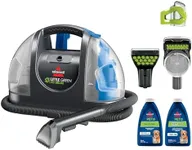
Bissell
BISSELL Little Green Pet Deluxe Portable Carpet Cleaner and Car/Auto Detailer, 3353, Gray/Blue

Shark
36%OFF
Shark StainStriker Portable Carpet, Upholstery & Area Rug Cleaner with Pet Mess Tool, Stain & Odor Remover, Perfect for Car Interiors, Includes 3 Cleaning Tools & Cleaning Solution, White, PX201
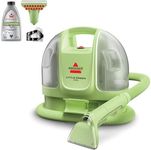
Bissell
11%OFF
BISSELL Little Green Mini Portable Carpet and Upholstery Deep Cleaner, Car/Auto Detailer, with HydroRinse Self-Cleaning Tool and 4" Tough Stain Tool, Tea Green, 4075
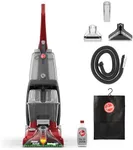
Hoover
14%OFF
Hoover PowerScrub Deluxe Carpet Cleaner Machine for Carpet and Upholstery, Deep Cleaning Carpet Shampooer Machine with Multi-Purpose Tools, Pair Carpet Cleaner Solution
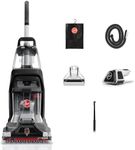
Hoover
8%OFF
Hoover PowerScrub XL Pet Carpet Cleaner Machine for Carpet and Upholstery, Deep Cleaning Shampooer Machine with Multi-Purpose Tools, Powerful Suction, Pair with Hoover Cleaner Solution

Hoover
11%OFF
Hoover PowerDash Pet Advanced Compact Carpet Cleaner Machine with Above Floor Cleaning, Lightweight Carpet Shampooer Machine, Pair with a Hoover Carpet Cleaner Solution for a Bright, Refreshed Home

Hoover
8%OFF
Hoover PowerDash Pet Compact Carpet Cleaner Machine, Lightweight Shampooer Machine, Pair with a Hoover Carpet Cleaner Solution for a Bright, Refreshed Home
Our technology thoroughly searches through the online shopping world, reviewing hundreds of sites. We then process and analyze this information, updating in real-time to bring you the latest top-rated products. This way, you always get the best and most current options available.

Most Popular Categories Right Now
